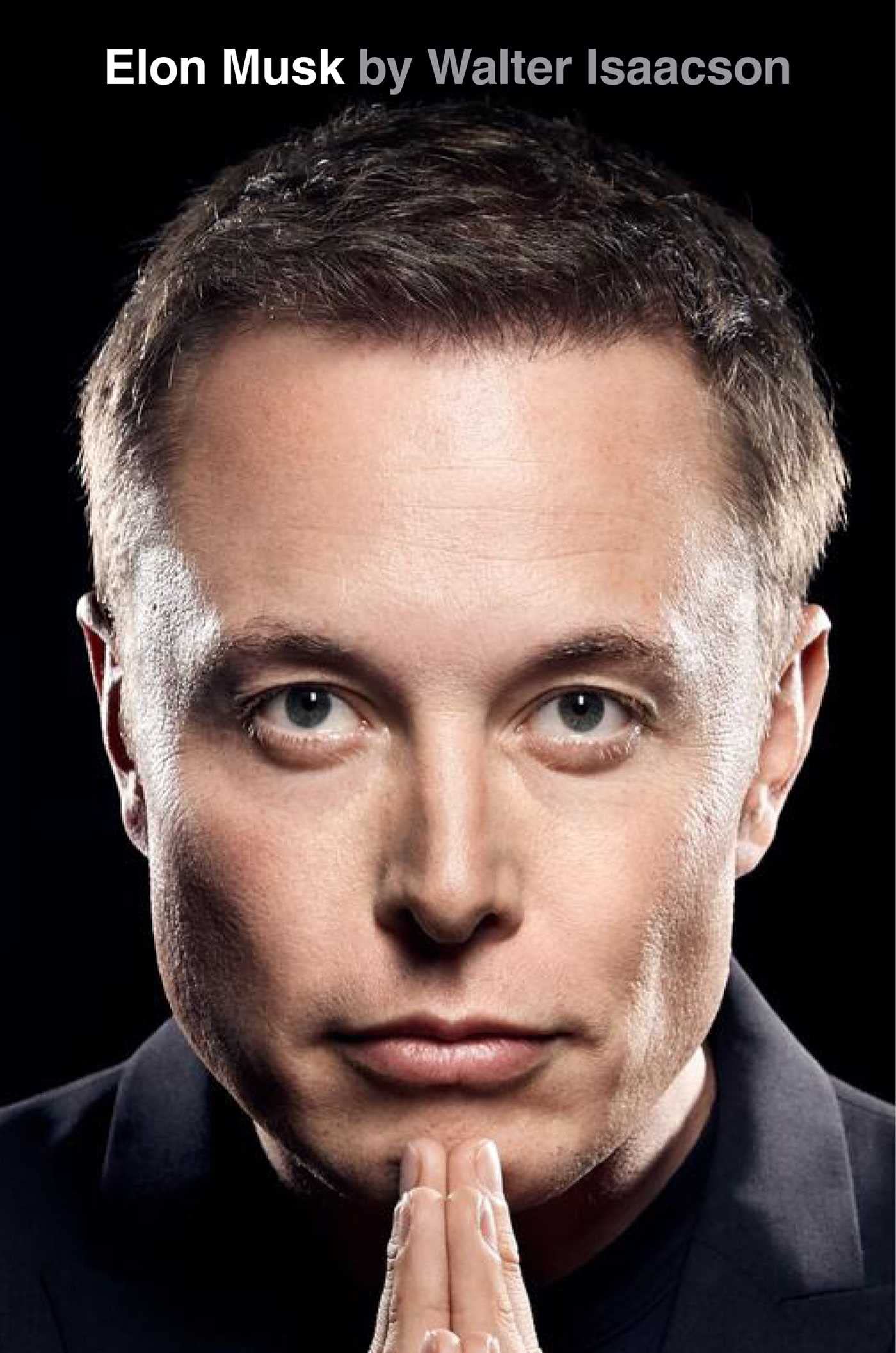30. The Fourth Launch
byThe Fourth Launch became a defining event in SpaceX’s history, a moment that determined whether Elon Musk’s dream of affordable, privately funded space exploration would survive or crumble. By the summer of 2008, both SpaceX and Tesla were dangerously close to financial collapse. Musk had already poured nearly all of his personal fortune into sustaining his companies, but repeated failures had left him with little room to maneuver. The first three Falcon 1 launch attempts had ended in disappointment, raising skepticism among investors and industry experts who doubted the feasibility of privately developed orbital rockets. If the fourth attempt also failed, it would likely spell the end for SpaceX, leaving Musk’s vision of revolutionizing space travel in ruins. Yet, despite overwhelming pressure, Musk refused to surrender, urging his team to work around the clock to prepare a new Falcon 1 rocket for launch in record time. With financial resources nearly depleted, the company had only one final chance to prove itself.
An unexpected financial lifeline arrived just in time, facilitated by Musk’s former PayPal colleagues, including Peter Thiel and Luke Nosek, who orchestrated a $20 million investment through the Founders Fund. This funding injection was not only a testament to their belief in Musk’s vision but also an effort to reconcile past conflicts stemming from Musk’s ousting from PayPal years earlier. The cash infusion granted SpaceX a narrow window to attempt one final launch, but the timeline remained brutally tight. Musk demanded that his engineers ready the new Falcon 1 in just six weeks—a timeline unheard of in the aerospace industry, where rocket production and testing usually spanned months, if not years. As the SpaceX team scrambled to assemble and transport the rocket, they encountered another setback. While aboard a C‑17 military aircraft en route to the remote Kwajalein Atoll, a pressure imbalance caused Falcon 1’s fuel tank to crumple, threatening to render the rocket useless before it ever reached the launchpad. Quick thinking by SpaceX engineers salvaged the situation, allowing them to make emergency repairs upon arrival.
Once at the launch site, the team worked tirelessly, racing against time to meet Musk’s ambitious deadline. Despite the high stakes, setbacks continued to arise, forcing Musk to make tough decisions. Given the urgency of the situation, he chose to bypass certain quality control procedures to expedite the launch timeline, a calculated risk that could either pay off or result in catastrophic failure. The tension was palpable as the countdown began, with engineers triple-checking every system, knowing that SpaceX’s survival hinged on this single moment. Then, on September 28, 2008, Falcon 1 roared to life, its engines igniting and lifting the rocket into the sky. Unlike its predecessors, this launch unfolded flawlessly. Against all odds, Falcon 1 successfully reached orbit, marking the first time in history that a privately developed liquid-fueled rocket had achieved such a feat. It was a breakthrough that silenced critics and validated Musk’s belief that the private sector could lead humanity’s journey into space.
Musk’s reaction to the success was a blend of relief, exhaustion, and deep satisfaction. After years of relentless effort, financial peril, and constant doubt from the industry, SpaceX had proven that private companies could not only develop but also launch rockets capable of reaching orbit. The impact of the fourth launch was immediate. Investors regained confidence, and within months, NASA awarded SpaceX a $1.6 billion contract to develop the Commercial Resupply Services (CRS) program. This deal cemented SpaceX’s role as a critical partner in space transportation, providing the company with the financial stability needed to expand operations. With newfound credibility, SpaceX rapidly advanced its next project, the Falcon 9, a more powerful and reusable rocket designed to carry larger payloads and support crewed missions. The fourth launch was more than just a technological milestone—it was the moment SpaceX transitioned from a struggling startup into a dominant force in the aerospace industry. Musk’s unwavering determination had not only saved his company but also reshaped the future of space exploration, paving the way for private enterprise to lead the next generation of human spaceflight.


